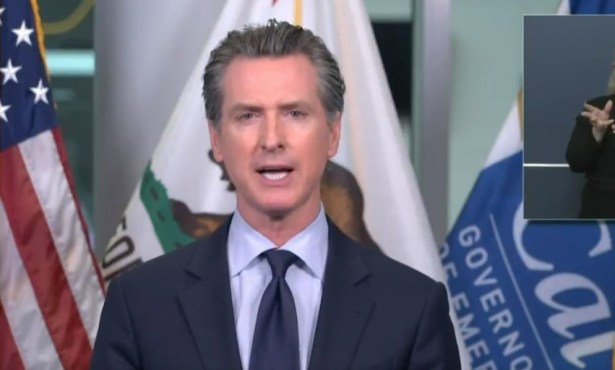Mapping the Future
Good News, Bad News for Santa Barbara Politicos as New District Lines are Unveiled
Biggest winner: Das Williams. Biggest loser: Tony Strickland. Suddenly vulnerable: Lois Capps.
That’s the bottom line for Santa Barbara office-holders on the just-released, preliminary maps for political districts that will take effect in the 2012 election. Statewide public hearings will be held over the summer on the new district lines, which are to be finalized by August 15.
After decades of incumbent-protection gerrymanders carried out by Sacramento politicians, voters in 2008 approved a ballot measure that gave the once-a-decade task of redrawing maps based on the most recent census – known by the hideously multi-syllabic term of “reapportionment” – to an independent commission. The new California Citizens Commission on Redistricting unveiled its new plan last week, a colossal event on a par for politicians with, say, changing the rules for “American Idol.”

Freed from the personal and partisan self-interests of incumbents, the commission designed a political landscape that differs in two key ways from the schemes cooked up in recent decades in the Capitol.
For starters, among the 173 congressional and legislative seats in California – 53 in the House of Representatives, 80 in the Assembly, and 40 in the state Senate – experts now consider about 34 to be competitive, compared to 16 with current lines. Reapportionment experts consider a district to be “competitive” if its overall party registration ranges between +5 percent Republican and +10 percent Democratic; the spread is largely accounted for by historically higher turnout among GOP voters.
Second, by discounting the place of residence for politicians, the commission crafted a plan that puts 45 office-holders – 32 Democrats and 13 Republicans – in a district with an incumbent of their own party, making their re-election bids more challenging. As a practical matter, the net effect of the new lines is to aid Democrats, who already control 111 of the state’s total of 173 seats, a result due largely to the growth in California’s Latino population.
“They have met their mission,” Eric McGhee, who studies reapportionment for the non-partisan Public Policy Institute of California, said of the commission. “They didn’t consider partisanship and they didn’t consider incumbency.”
McGhee, who prepared an analysis of Santa Barbara districts for The Independent, said the new plan would cause some dramatic shifts in the local political terrain:
• Democratic Representative Lois Capps would face tougher re-election prospects. In her current 23rd district seat, Capps enjoys a 19-point advantage of registered Democrats over Republican voters (47-28 percent); with the new lines, Democrats would have only a 39-35 percent edge. And Latinos, among whom Capps runs well, would represent just 35 percent of the new district’s population, compared to 50 percent now. Ex-Lieutenant Governor Abel Maldonado, a moderate Republican who supported the reapportionment reform, has already declared his intention to challenge Capps.
• Republican State Senator Tony Strickland, who beat Democrat Hannah Beth Jackson by less than 1,000 votes in 2008, could struggle to keep his seat, according to the PPIC analysis. Strickland barely won in a competitive district with an equal number – 38-38 percent – of GOP and Democratic registered voters; the new lines would hand Democrats an eight-point advantage – 42-34 percent –while increasing the Latino share of the population from 27 to 41 percent.
• Democratic Assemblymember Das Williams would undergo the least amount of change in his proposed new district. He now benefits from a 43-25 percent gap between Democrat and Republican registered voters, which is forecast to increase slightly, to 47-28 percent. The percentage of Latinos, who overwhelming tilt Democratic, would increase slightly in the new district, from 40 to 44 percent.



